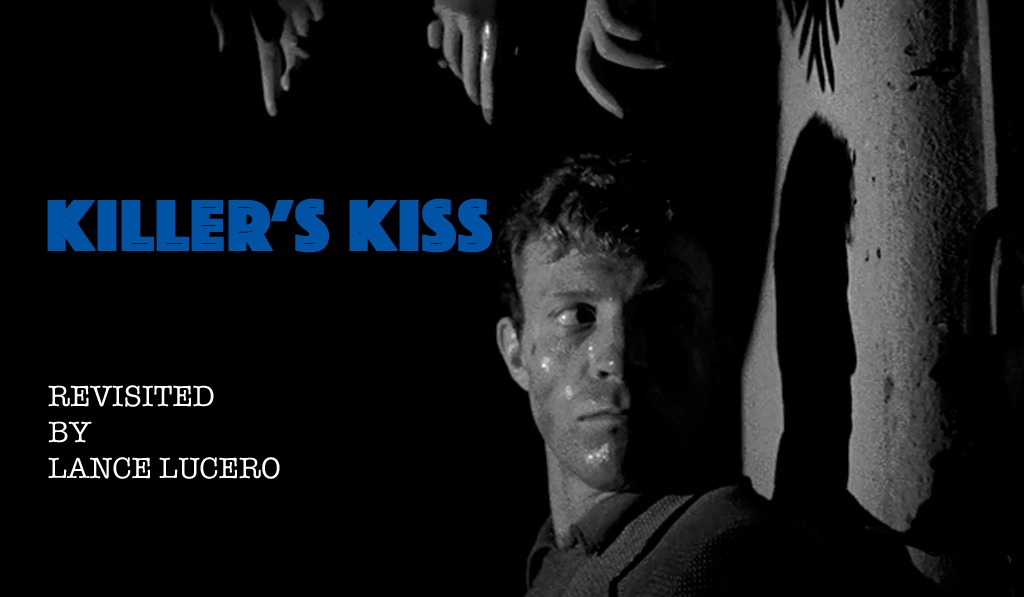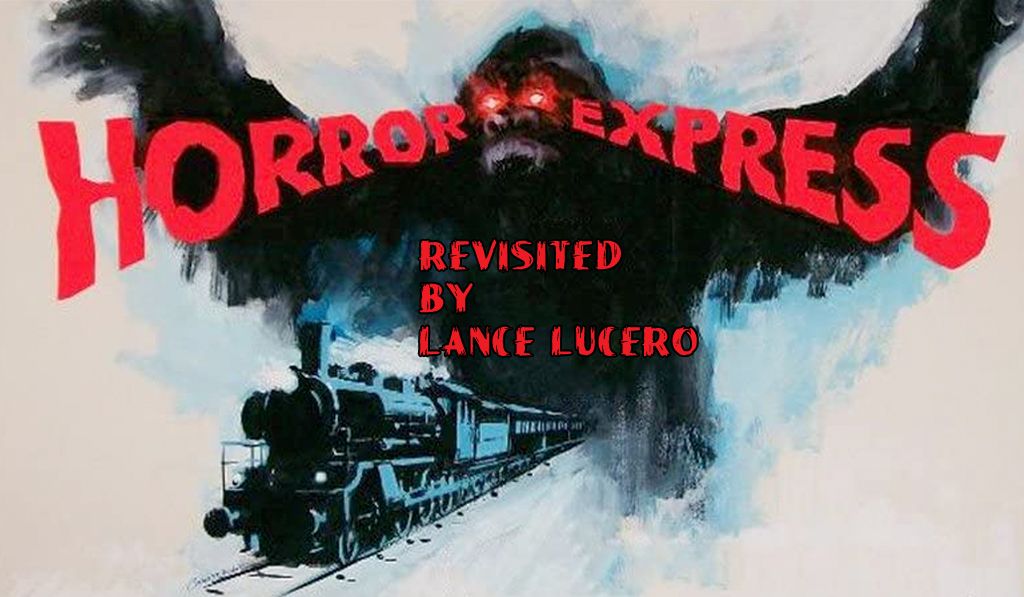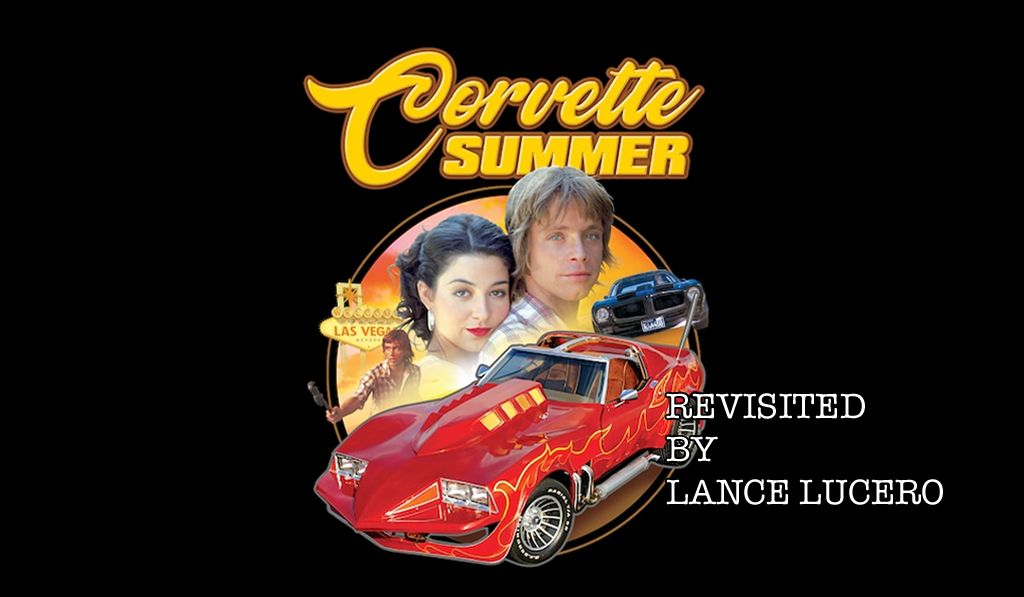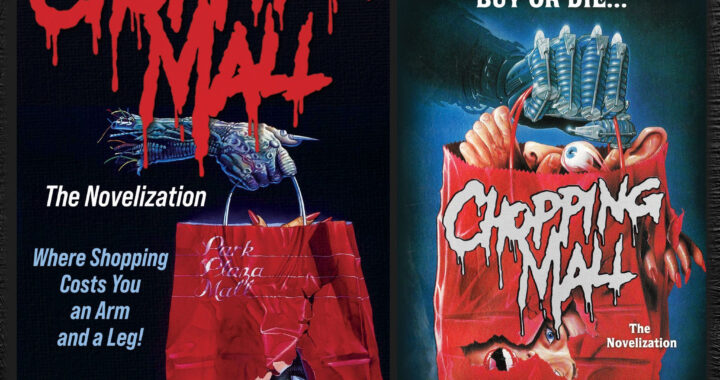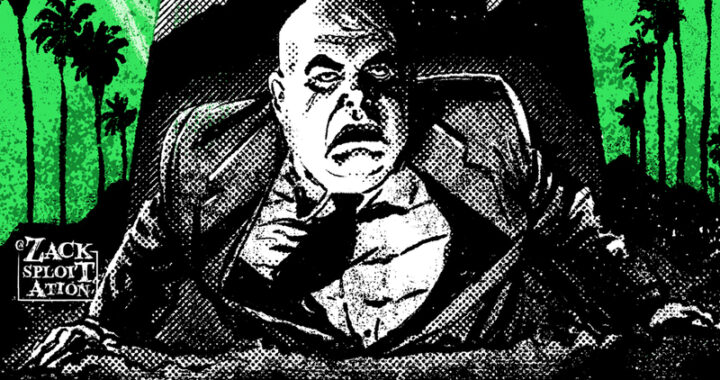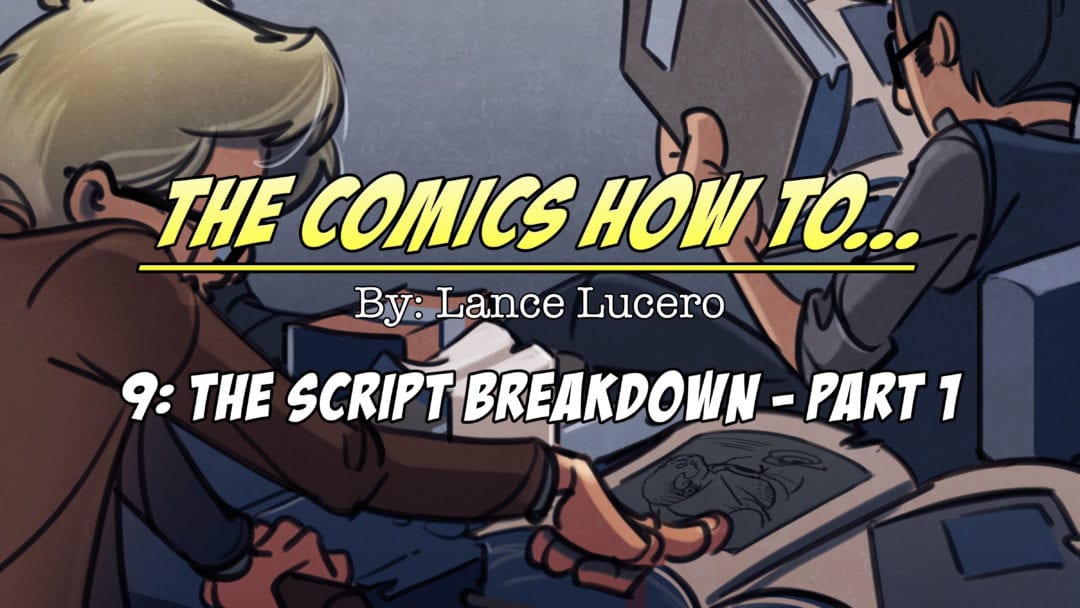
The Comics How To… 9: THE BOB: NON-UNION PSYCHIC #0 COMIC BOOK SCRIPT BREAKDOWN- PART I
Time to adapt this screenplay into a comic book script!
Loosely following a 30-minute episodic television series structure, we started to map out the essential components of the screenplay. The script would be broken into five basic components:
Intro/Teaser/Prologue
First Act
Second Act
Third Act
Resolution
That’s it. Try and keep it as simple as possible.
I feel as though it will be hard to write yourself into a corner with this basic structure. But remember, you don’t have to follow the structure stringently; give yourself room to breath within the acts. What I mean is, you don’t have to break the acts up into exact page amounts, such as:
First Act — 10 pages
Second Act — 10 pages
Third Act — 10 pages
If you do this, I believe it will hinder the flow and pace of a story. Plus, in my opinion, it’s way too mechanical and predictable. Each act needs to be as long as it needs to be in order for the story elements to be properly in place. For example:BOB: NON-UNION PSYCHIC #0 TRUE TALENT is 34 pages long. That includes four pages of non-story related material (two covers and inside covers), which leaves us with 30 pages of story content. As co-writer and editor of the book, Adam assumed the book would be a “normal” 20- 22 pages of story content. He was doing his due diligence as an editor to ensure that the book would hit a certain commercial standard, both structurally and budget wise. But, I am an independent producer, which means — the story will be as long as it has to be (within reason) in order to ensure that all of the necessary story elements are in place. The story will not suffer due to page count. If the book went over by a few pages, it would not be detrimental to the book or the budget.
Let me explain the five basic components of the structure:
Intro/Teaser/Prologue — Introduce characters; present an unanswered element that will be addressed later in the story (make sure it’s relevant to the main plot or sub-plot). Introduce the main plot and sub-plot, it really doesn’t matter in which order, so long as the reader is aware of the vital story plots.
First Act — Continue with the introduction of the characters and further develop the main plot and sub-plot.
Second Act — This is the act where you start to answer questions established in the First Act. Try to fill in all the story gaps and further develop the main plot and sub-plot.
Third Act — This is the climax. This is the Act where everything comes together and all questions are answered relevant to the main and sub-plot.
Resolution — Take a minute to tidy up all the story elements.
This very basic story structure sounds a little simple and vague, but as you start writing it will help keep you on track, and that’s the main focus. You don“t want to keep writing and re-writing if you don’t have to.
I will give a better example about the main plot and sub-plot in order to avoid confusion. Remember, acceptance to the Psychic Union is the main plot or through-line/theme of the story. The sub-plot is another story element relevant to the main character’s development. In this story it is fighting the supernatural beast, The Hux. Basically, two stories are being told at the same time, yet they both go hand-in-hand with the main through-line/main plot/theme.
This is how we anticipate it will play out:
Intro/Teaser/Prologue — Introduce the main antagonist of the story, which is the main focus of the sub-plot, which is unleashing The Hux by finding The Hux medallion.
First Act — Introduce Bob and Gramps. Introduce the Psychic Union and the through-line/main plot/theme of acceptance. Show Bob’s world — his barbershop. Show a bit of Bob’s hairstyling and psychic skills. Touch again on the sub-plot to remind the reader. But most importantly, set the main character into action relating to the through-line.
Second Act — This is the act where everything gets serious. Ramp up the main plot and sub-plot. Increase the stakes for the main character. Start to answer questions. Get into some backstory. As things start to come together and develop, transition into the —
Third Act — This is the climax. Wrap everything up nice and neat.
Resolution — Something short and sweet that sums up the main through-line.
This may still seem a bit vague, so in the next article the initial story breakdown of the pages will be shown to further clarify the structure.
To be continued!
For more information about the BOB: NON-UNION PSYCHIC world, visit the Warehouse 9 Productions site HERE
Author Profile
- Lance Lucero
Warehouse 9 Productions, Ltd. (W9)
AWARD WINNING filmmaker and comic book creator
warehouse9pro.com
Latest entries
 Retro Movie ReviewsDecember 1, 2022RETRO MOVIE REVIEW: KILLER’S KISS, 1955
Retro Movie ReviewsDecember 1, 2022RETRO MOVIE REVIEW: KILLER’S KISS, 1955 Cinema CrusadersMarch 16, 2022RETRO MOVIE REVIEW: BRING ME THE HEAD OF ALFREDO GARCIA, 1974
Cinema CrusadersMarch 16, 2022RETRO MOVIE REVIEW: BRING ME THE HEAD OF ALFREDO GARCIA, 1974 Cinema CrusadersFebruary 18, 2022RETRO MOVIE REVIEW: HORROR EXPRESS, 1972
Cinema CrusadersFebruary 18, 2022RETRO MOVIE REVIEW: HORROR EXPRESS, 1972 Retro Movie ReviewsJanuary 18, 2022RETRO MOVIE REVIEW: CORVETTE SUMMER, 1978
Retro Movie ReviewsJanuary 18, 2022RETRO MOVIE REVIEW: CORVETTE SUMMER, 1978
